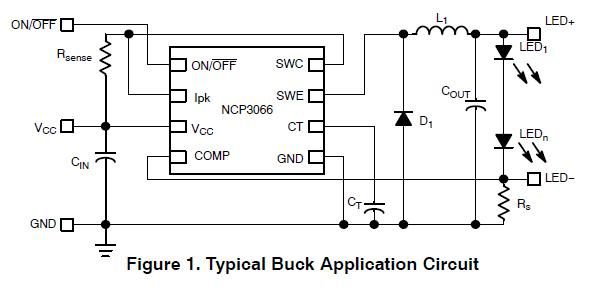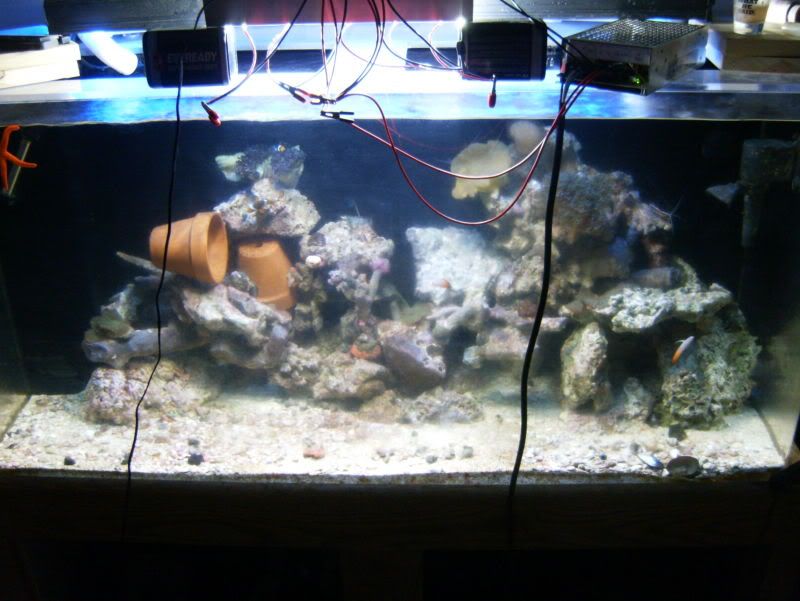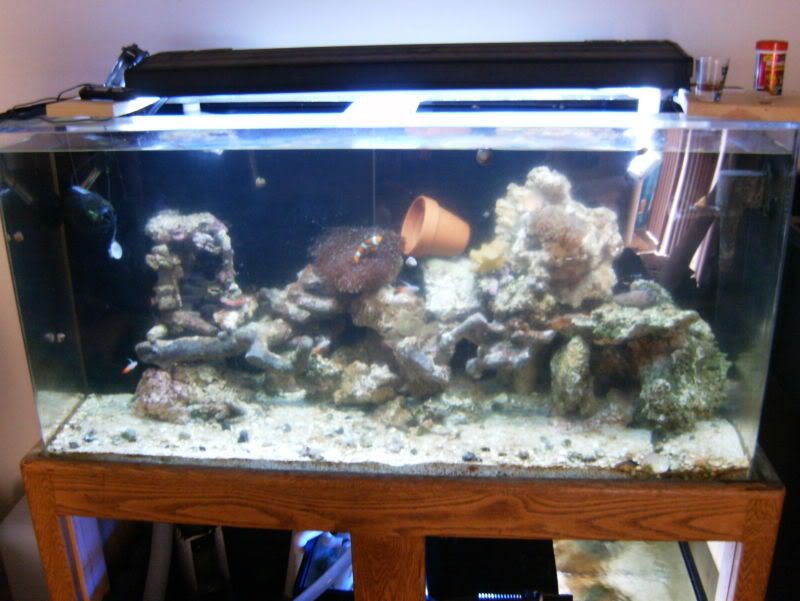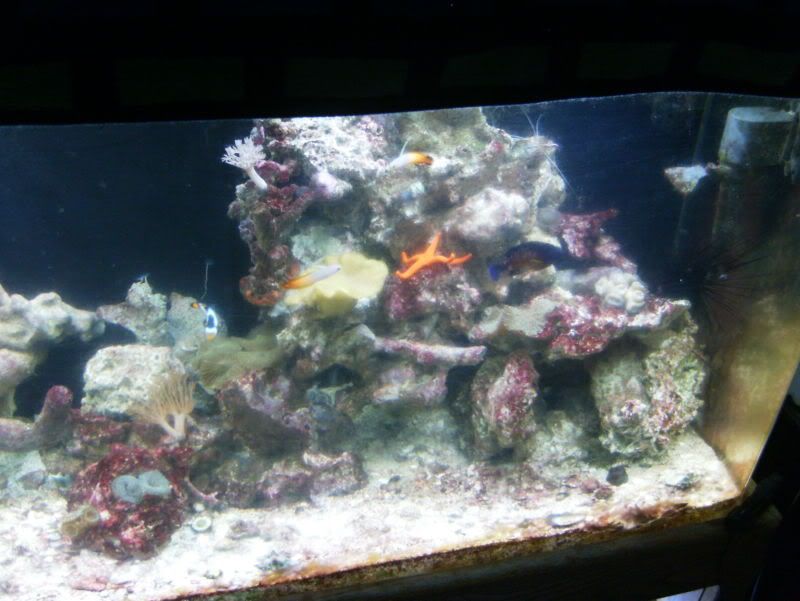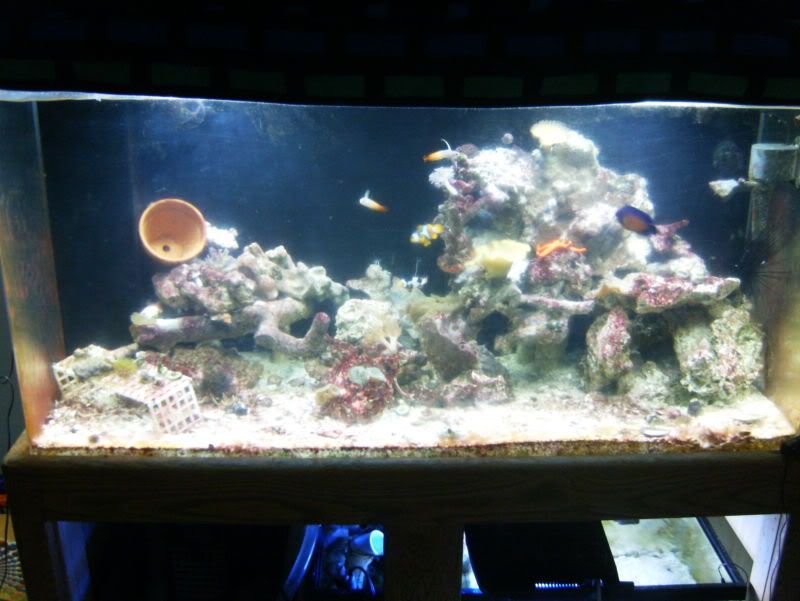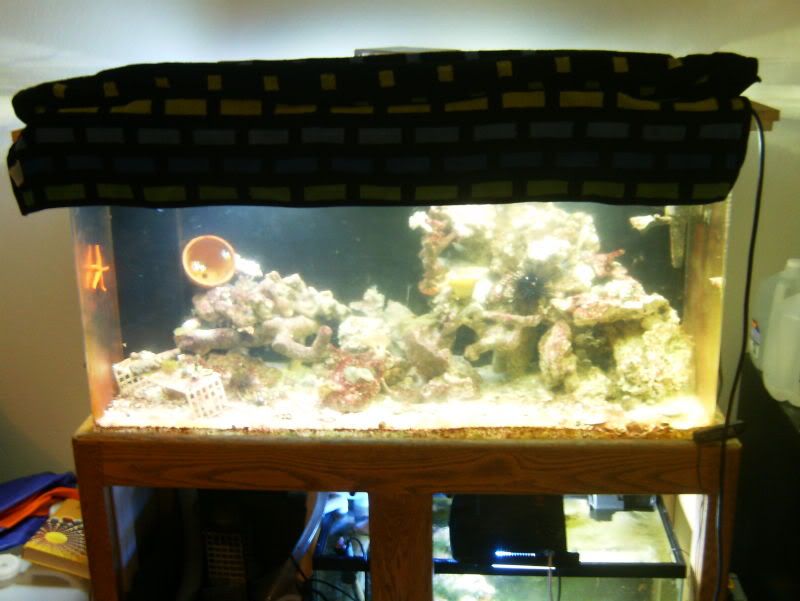ya. what he said ^_^
PCB? PWM? huh?
anyways....
just a rough outline of the parts i plan to order to get my LED array started.
I went to a major LED supplier that seems to be popular with the LED community, they had "Bundles" so I put a few together.
http://us-dc2-order.store.yahoo.net/...onId=ysco.cart
* LED Type : Cree XR-E
* # of LEDs : 18 (+$119.00)
* Color : Neutral-White
* Drive Current : 1000mA
* BuckPuck Options : Dimming w/ Pot. (+$4.00)
* Power-Supply : 24vdc1.7a (+$21.99)
At $181.94, ill order three of these.
Color choice for white was debatable. They offer Cool white,neutral white, and warm white. I dont know which would be best. So i went with Neutral. I dont understand what w/pot means. I assume poton pack, ive heard the word a couple times. I have no idea what it means(or if they are even needed). So an explanation would be nice). But at an extra $4, im not worried(unless its something I DONT want incorporated).
For the blue, same thing pretty much:
* LED Type : Cree XR-E
* # of LEDs : 18 (+$119.00)
* Color : Royal-Blue
* Drive Current : 1000mA
* BuckPuck Options : Dimming w/ Pot. (+$4.00)
* Power-Supply : 24vdc2.5a (+$29.99)
At $189.94 each, Ill get three.
The grand total is just over $1,100. Ill still need the Cooling fins,alum frame, thermal paste, and a few other odds and ends.(picking them out will be easy), and relatively cheap compared to everything else.
Total will be 54w/54b. Ill divide them amongst 2 panels, left and right. Aprox 32" in length each. Ill build a custom canopy, and am hoping to make something that allows me to raise/lower the array to allow me room to work inside the tank when I need too.(Like sticking my head over the water from time to time)
What I'm hoping to achieve is a quality DIY LED system, that rivals something I would have to pay 3x as much for to have solaris make. And theoretically, something Ill be much happier with. Also Dimming Is an absolute MUST! I want to independently control the lighting so make my own custom color schemes(as well as tune it down a bit, if im over burning the corals).
Now aside from the Color choice in white, and the "Whats a poton pack added for?".
I do have a few others:
I was going to order the 1000ma kit( does this mean the bulbs are rated at 1000ma?)
Or is the driver 1000ma, and all Cre-XRE bulbs are 1000ma anyways?
I was wanting to have this system running at 700ma, but bulbs capable of 1000ma lit by it.
My reasoning is that running the bulbs roughly 30% under max would improve the life of the bulb.
Ive read this from several sources, that you want to run them at less than max capacity, and it makes sense.. so I want to do it.
And finally, optics. Will I need to be getting optics with this many LED's? The tank is a standard 125g Brick. I think 22" deep(so realistically the light would only be penetrating 18" of depth at the most)

